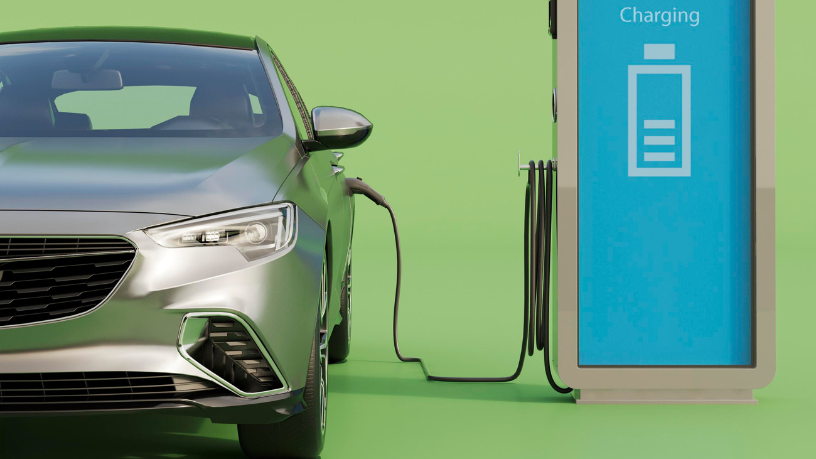According to Teciomar Abila, electric cars have increasingly taken center stage in discussions about the future of mobility. Associated with reducing pollutant emissions and the search for sustainable alternatives, these vehicles spark both enthusiasm and skepticism. While many see them as a definitive revolution in the way we move around, others believe their growth still faces structural barriers and may not consolidate in all regions of the world.
Explore how electric cars are reshaping the mobility landscape and find out whether they truly represent the sustainable future of cities—or just a passing trend.
How can electric cars transform urban mobility?
As Teciomar Abila explains, electric cars represent a significant shift for urban mobility, especially in large cities that struggle with pollution and congestion. Their main advantage lies in reducing greenhouse gas emissions, helping improve air quality and mitigate environmental impacts. In addition, the quietness of electric motors makes urban environments more pleasant and less noisy.
Another factor driving this transformation is energy efficiency. While combustion-powered vehicles waste a significant portion of the energy they generate, electric cars convert most of it into motion. This translates into lower operating costs and greater long-term savings for drivers. This efficiency, combined with ongoing technological innovation, strengthens the appeal of electric transportation as a solution for the future of cities.
However, large-scale adoption depends on the expansion of charging infrastructure. Without a sufficient number of charging stations, user experience can be limited, especially for longer trips. Thus, electric cars have the potential to revolutionize urban mobility, but their consolidation is directly tied to the development of public policies and adequate investment.

What challenges still limit the expansion of electric cars?
Despite their advantages, electric cars face significant obstacles to becoming the majority on the roads. One of the main challenges is their high purchase cost, which still makes these vehicles inaccessible for a large part of the population. Even with government incentives, the price gap compared to combustion cars remains significant in many markets.
Another challenge is the limitation of battery range. Although the latest models show notable improvements, range anxiety is still a major consumer concern. According to Teciomar Abila, this issue is even more pressing in countries with insufficient charging infrastructure, where the lack of reliable stations undermines user experience. Overcoming this barrier is crucial for electric cars to gain broader global acceptance.
Are electric cars a definitive revolution or just a passing trend?
The answer may lie in the balance between technological advances and public policies. In countries where governments heavily invest in infrastructure and offer subsidies, electric cars already represent a significant share of the market. This demonstrates that under favorable conditions, they indeed have the potential to revolutionize mobility.
On the other hand, in regions with lower purchasing power and limited infrastructure, adoption may take longer to solidify. In such scenarios, electric cars may still appear as a trend restricted to specific market niches. The pace of expansion will depend directly on the ability to overcome economic and logistical challenges.
Nonetheless, as Teciomar Abila emphasizes, ongoing investments in research and development indicate that electric cars are not merely a passing fad. With continuous improvements in range, lower battery costs, and a growing commitment to sustainability, these vehicles have all the elements to become key players in a true revolution of urban mobility.
Author: Eura Tymal







